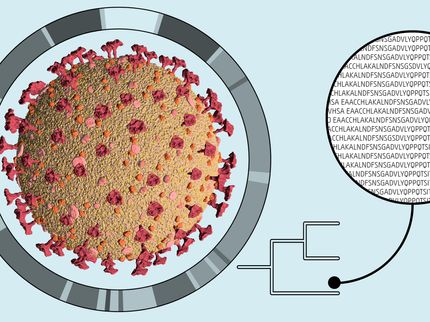Chinese scientists successfully crack the genome of diploid cotton
Advertisement
The international research team led by Chinese Academy of Agricultural Sciences and BGI have completed the genome sequence and analysis of a diploid cotton - Gossypium raimondii. The cotton genome provides an invaluable resource for the study and genetic improvement of cotton quality and output, and sheds new lights on understanding the genetic characteristics and evolutionary mechanism underlying cotton and its close relatives. The study was published in Nature Genetics.
In this study, researchers sequenced the genome of G. raimondii by the next-generation sequencing technology, yielding a draft cotton genome with 103.6-fold genome coverage. Over 73% of the assembled sequences were anchored on 13 G. raimondii chromosomes. They identified 2,355 syntenic blocks in the G. raimondii genome, and found that approximately 40% of the paralogous genes were present in more than 1 block, which suggests that this cotton genome has undergone substantial chromosome rearrangement during its evolution.
Through comprehensive comparison and analysis, researchers observed that one paleohexaploidization event occurred in the G. raimondii genome at approximately 130.8 million years ago, while the event is commonly found in eudicots. They also found the evidence to support a cotton–specific whole–genome duplication event occurred at approximately 13-20 million years ago.
Cotton is known to produce a unique group of terpenoids such as gossypol. The accumulated gossypol and related sesquiterpenoids produced by cotton in pigment glands can be as a resistance against pathogens and herbivores. The majority of cotton sesquiterpenoids are derived from a common precursor which is synthesized by (+)- δ -cadinene synthase (CDN) in gossypol biosynthesis. Through the phylogenetic analysis on G. raimondii and eight other sequenced plant genomes, they found that the cotton, and probably Theobroma cacao, were the only sequenced plant species that possess an authentic CDN1 gene family for gossypol biosynthesis.
Furthermore, the transcriptomic comparison between the fiber-bearing G. hirsutum and the non-fibered G. raimondii demonstrated that three synthases are important for cotton fiber development, including sucrose synthase (Sus), 3-ketoacyl-CoA synthase (KCS) and 1-aminocyclopropane-1-carboxylic acid oxidase (ACO). Meanwhile, the MYB and bHLH transcription factors preferentially expressed in fiber may be useful to explain the molecular mechanisms that are in charge of governing fiber initiation and early cell growth.






















































